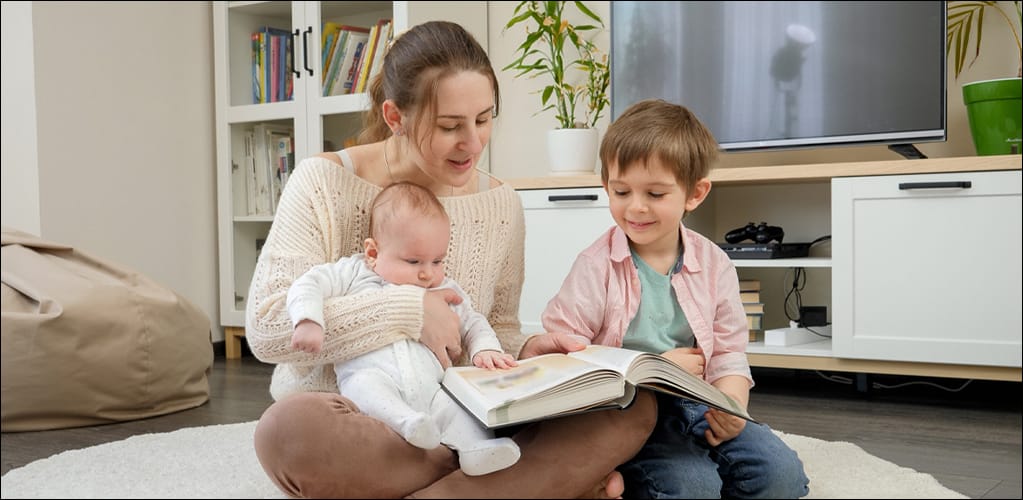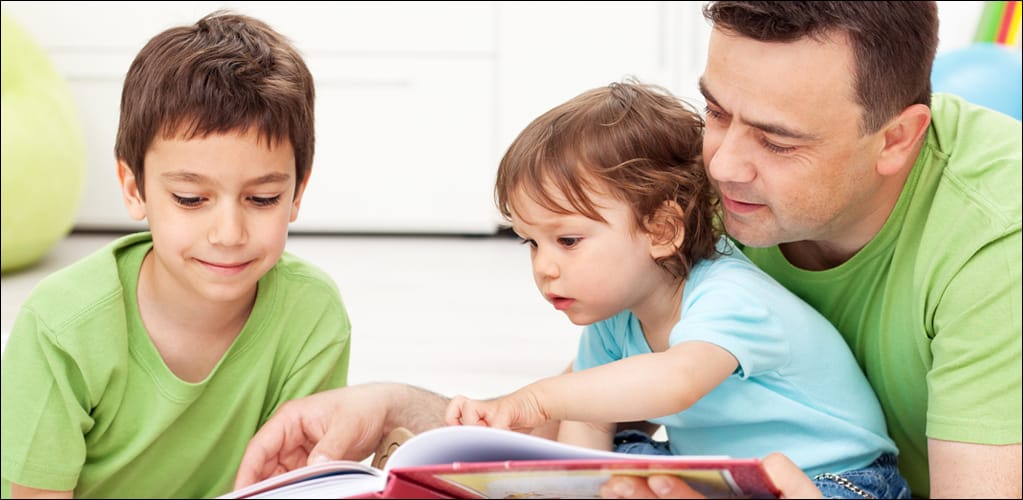
How to Prepare for Your Bilingual Baby
Guest post by Professor Una Cunningham
First published in The Conversation
Expecting a baby, especially a first baby, is a lot for any new parent. There are so many unknowns and so much to plan for: where your baby will sleep, how you will organise feeding, changing and bathing arrangements and how you will arrange your work life so you or another caregiver are with the child. If you have the privilege of using more than one language, you may well want your child to know these languages.
In the English-speaking world, many people have limited knowledge of any other language, but that is certainly not the case everywhere. Almost 60% of people aged 25–64 in the EU know at least one language other than their first language at a “good” or “proficient” level.
Many children are born into families where several languages are used daily and can expect to have more than one first language. You may have grown up with more than one first language, or your parents may have different first languages. The majority language outside the home may not be either parent’s first language.
Before your baby is born, there is a lot you can do to prepare the ground for them to acquire the languages you want them to know.
Parents can discuss what their linguistic aspirations are for their child. Which language(s) or language varieties should your child develop right from the start as their first?
Typically, the first language or languages are developed to a higher level than other languages that are learned later. Due to practical limitations, you may need to prioritise if there are more than three or four languages involved.
The key is to ensure that the child has enough regular input and interaction in each language they are developing. Often, parents want to be able to interact with their baby in the language(s) they were raised in. There may be other language(s) used outside your home, and these can wait until your child’s world expands to early childhood education or daycare, or sandpit interaction with other children.
Expectant parents can work out the family language policy. Who will speak which language with your child? Will this vary according to time and place? How will your baby get enough input and interaction in each of the languages?
Here, my own experience is with the one-person-one-language approach. Right from the beginning, I spoke my first language (English) with my children, and their father spoke his first language (Swedish) with them. The children spoke to us in the languages we used with them. No explicit teaching is needed.
In other families, the parents might share a first language or both be proficient speakers of a minority language and mostly use that with the child. Other languages, particularly the majority language spoken in the country the family is living in, may also be used around the child.

Expanding your child’s world
Get friends and family on board as early as possible. Grandparents and other extended family back in the old country may be concerned about not being able to speak to your child. Once they know that you want your child to know their language, family can be a valuable source of input and interaction.
Relatives may have encountered myths about early childhood bilingualism being damaging, and early conversations can allay their fears and show the advantages of bilingualism to your child and your family. There is no evidence that children growing up with more than one language experience delayed language development.
It is very difficult to predict what languages your child will need in their future. They may want to migrate to a place you were glad to leave in the past.
The children of migrants are often curious about a side of their ethnicity that will only be open to them if they have the necessary language skills to spend time as an insider. Adult children who grew up without learning a parent’s first language report regretting that their parents did not pass on their language to them.
Finally, remember you are not alone in planning to raise your child to speak more than one language. There are a lot of resources and advice available. Read about what other families have done. Recruit support in your extended family and community.
For the first year or two, a child only needs a small number of people around. But for an older child, more adults and children who speak the minority language(s) are valuable. A child also needs to hear parents speaking the languages with other people, as this gives more complex input.
Growing up with more than one language has obvious advantages in that a child can communicate with more people who may be important in their life. There may also be cognitive and social advantages.
The philosopher Ludwig Wittgenstein wrote: “The limits of my language mean the limits of my world.” While it may seem intimidating, don’t shy away from giving your baby the gift of access to all your languages. 🌟
RECEIVE THE NEXT BILINGUALISSIMO EPISODES
IN YOUR INBOX FREE
Practical Tips for Raising a Bilingual Baby
- Set a Language Plan Early — Decide which languages to prioritize and who will speak which language to your child.
- Ensure Consistent Exposure — Use each language daily during activities like play, reading, and conversations.
- Involve Family and Friends — Encourage relatives and community members to interact with your child in their native language.
- Expand Language Use Over Time — Introduce activities, playgroups, or travel to reinforce minority languages as your child grows.
- Stay Flexible — Adapt your approach as your child’s needs and circumstances evolve, ensuring a strong linguistic foundation.


